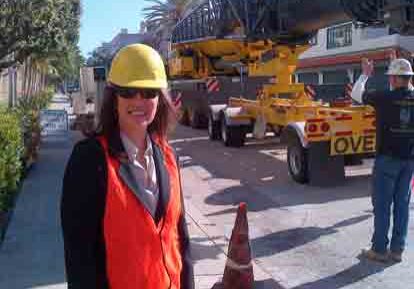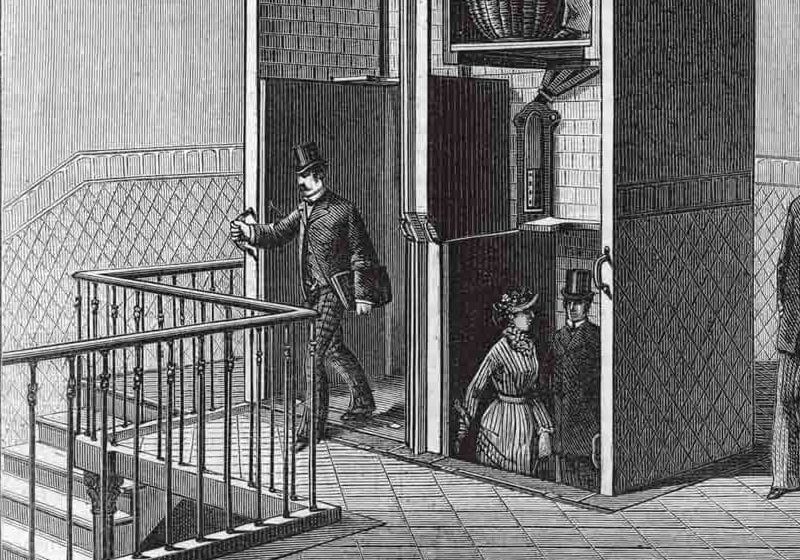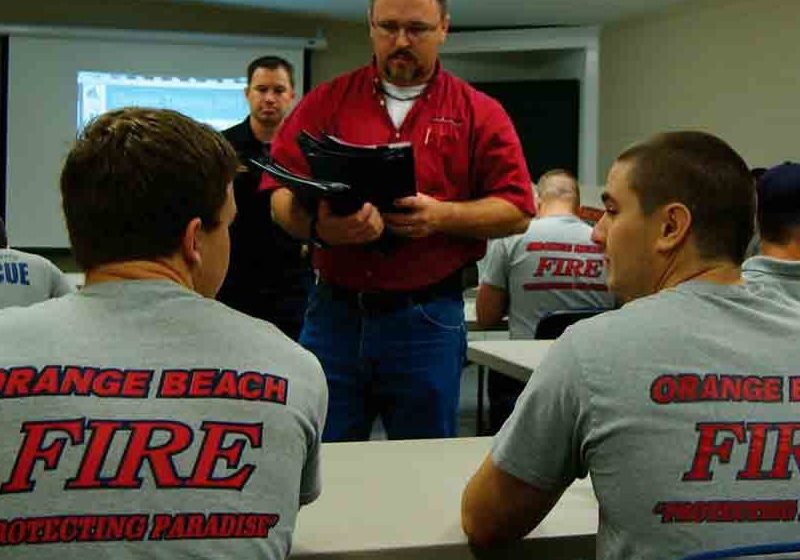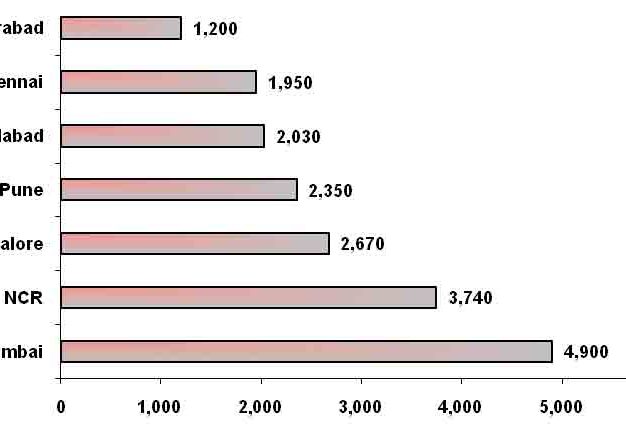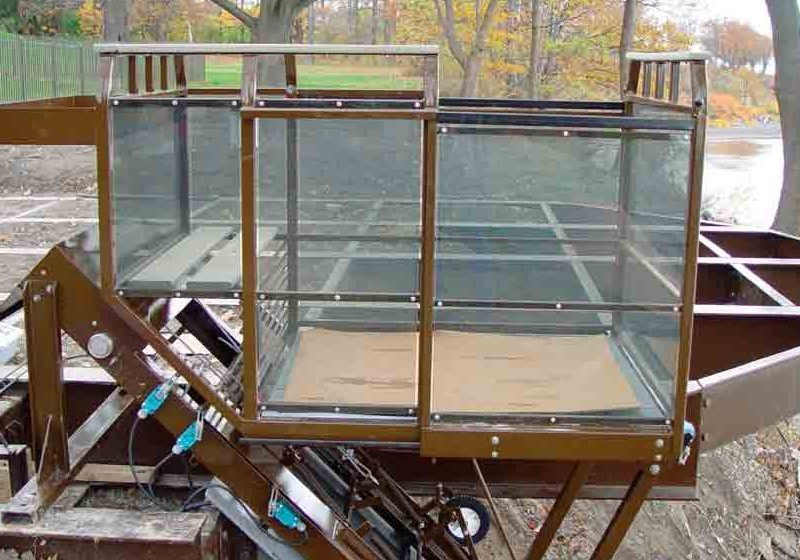When I started at Jaros, Baum & Bolles (JB&B) in October 1964, the firm was engaged in a major elevator modernization project for the City of New York. Throughout the city’s five boroughs, the elevators in a number of healthcare centers were in excess of 25 years old and, in many cases, in dire need of repair and/or upgrade. As a young draftsman, my task was to travel to each of these buildings and survey the elevator machine rooms and hoistways so we could prepare drawings for the installation of new elevator equipment. In most cases, the elevator machines were retained in place and refurbished. Hoistway equipment was evaluated and either replaced or refurbished, as well. I spent many hours in these buildings working with a number of seasoned elevator mechanics.
As many of these projects were in high-crime areas of the city, the “Bronx Boy,” as I was called, was given the task of traveling to these healthcare centers to meet with the elevator-maintenance mechanics and do the required survey work. As a result of this, I had a good deal of interaction with the elevator mechanics, who gave me an early education on how elevators operate and what makes them tick. The projects lasted a number of years, and it was in one of these “motor rooms” (as New Yorkers call them) I saw my first issue of ELEVATOR WORLD. I immediately subscribed. My letter to William C. Sturgeon requesting the start of my EW subscription was published in the December 1966 issue, a copy of which, for obvious reasons, is a prized possession of mine.
It was this initial exposure to elevator modernizations during my early years in the industry, as well as my 27 subsequent years dealing with this aspect of our business at JB&B, that fostered in me the realization of the importance of this particular segment of our industry. And, as the number of existing elevators in the U.S. has increased during my time at Elevator World, Inc. (from around 600,000 in 1993 to nearly one million units today), this has become even more the case. That number of existing units, along with the estimate that nearly 65% of these existing units are more than 25 years old and ripe for modernization, makes the potential elevator modernization market in the U.S. alone more than the entire annual production of new units in most industrialized nations. Without a doubt, the existing U.S. elevator inventory is an elevator contractor’s dream and a market that will (as has often been the case) keep our industry out of the doldrums during this current economic downturn.
Throughout my 48-year career in this business, there have been many time periods during which the new-construction market has taken a downturn, and the modernization business has sustained elevator contractors and equipment suppliers. One might liken the modernization and new-installation segments of our industry to the well-known fable of “The Tortoise and the Hare,” with the former being the modernization business, and the latter being the glorious new-installation business. Therefore, so as not to have the glamorous side of our industry overshadow its more mundane modernization side, we have dedicated this month’s issue of EW to elevator and escalator modernization projects.
Among the modernization projects included in this month’s issue are the recently completed elevator upgrades in the multi-building Hyatt Regency Hotel Complex and Zakum Residential building in Dubai. These and the Bank of Ceylon Headquarters elevator modernization in Sri Lanka were reported by K.G. Guna of ETA Melco. Jim MacDavid’s report covers the elevator modernization work ThyssenKrupp Elevator performed in the Mirage Resort in Las Vegas. In “KONE Provides Escalator Modernization for Albuquerque International Sunport,” the details of KONE’s EcoMod™ escalator project are described. And, to emphasize the important role of the equipment suppliers in modernization work, we have included a number of reports on some of the suppliers’ efforts in this segment of our industry.
So, as I often recommend to EW readers, find yourself a nice, quiet place to sit back and enjoy this month’s issue. As you do this, keep in mind the race between the tortoise and the hare. Although the new installations jump off to a quick start and gain most of the glory in our industry, it is often the more mundane modernization projects that get us to the finish line in both good times and bad.
Get more of Elevator World. Sign up for our free e-newsletter.



